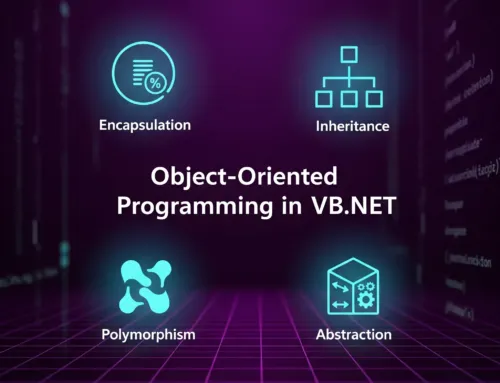
Approx. read time: 1.6 min.
Post: Understanding the Fundamentals of Object-Oriented Programming: A Comprehensive Guide with Python Examples
📘 Lesson Plan: Introduction to Object-Oriented Programming (OOP) in Python
🎯 Learning Objectives
By the end of this lesson, students will be able to:
-
Understand the core concepts of OOP: Classes, Objects, Encapsulation, Inheritance, Polymorphism, and Abstraction.
-
Write Python classes and instantiate objects.
-
Use inheritance and method overriding to create reusable and extensible code.
-
Apply encapsulation using private variables and getter/setter methods.
-
Recognize and apply abstraction using abstract base classes.
🧠 Key Concepts & Examples
1. Classes and Objects
-
Class: A blueprint for creating objects.
-
Object: An instance of a class.
Example:
2. Encapsulation
-
Protects internal state by making attributes private and providing public methods to access or modify them.
Example:
3. Inheritance
-
A class can inherit methods and properties from another class.
Example:
4. Polymorphism
-
Different classes can implement the same method differently.
Example (method overriding):
5. Abstraction
-
Hides complex implementation and exposes only what’s necessary.
Example:
🏁 Assignment
Create a class Person with the following:
-
Attributes:
nameandage -
Method:
introduce()that prints:"Hi, I'm and I'm years old."
Create a subclass Student that:
-
Inherits from
Person -
Adds an attribute:
school -
Overrides
introduce()to print:"Hi, I'm , I'm years old and I study at ."
Expected Usage
✅ Answer Key
🔁 Recap
-
Class & Object: Template and instance.
-
Encapsulation: Protect internal state.
-
Inheritance: Reuse code from base classes.
-
Polymorphism: Different classes share interface but act differently.
-
Abstraction: Hide complexity using interfaces or base classes.









